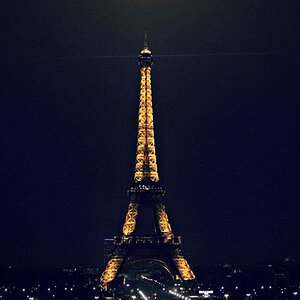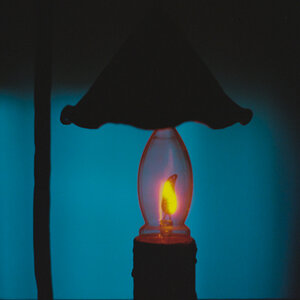Scatterbrained
Been spending a lot of time on here!
- Joined
- Apr 19, 2010
- Messages
- 2,184
- Reaction score
- 1,083
- Location
- Yucca Valley, Ca
- Can others edit my Photos
- Photos NOT OK to edit
First off, I use my free PB account to upload images of things I have for sale and I've never noticed any issues hundreds of uploads later. Second: Mo, you need to spend some time learning to use manual flash indoors. One book that might help a bit would be "On Camera Flash" by N. Van Niekerk. You could also peruse his site planet neil
Personally when indoors I try and set my exposure as close as I can to ambient and then use the flash to add that "little something". Don't be afraid to use higher ISOs and quit using ETTL, or at least learn to ride your FEC settings on the fly. If you're using a lightsphere then you're throwing light everywhere so you should be able to just set an exposure and maintain it (relatively anyway). I personally would get rid of the lightsphere but that's just me:mrgreen:.
then you're throwing light everywhere so you should be able to just set an exposure and maintain it (relatively anyway). I personally would get rid of the lightsphere but that's just me:mrgreen:.
Personally when indoors I try and set my exposure as close as I can to ambient and then use the flash to add that "little something". Don't be afraid to use higher ISOs and quit using ETTL, or at least learn to ride your FEC settings on the fly. If you're using a lightsphere
 then you're throwing light everywhere so you should be able to just set an exposure and maintain it (relatively anyway). I personally would get rid of the lightsphere but that's just me:mrgreen:.
then you're throwing light everywhere so you should be able to just set an exposure and maintain it (relatively anyway). I personally would get rid of the lightsphere but that's just me:mrgreen:.


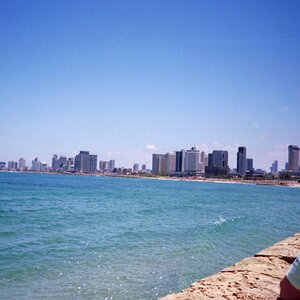
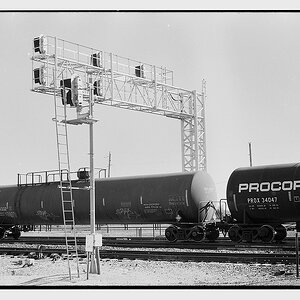
![[No title]](/data/xfmg/thumbnail/35/35965-cac1057a7f2dd8e8aeeefed50ae8c080.jpg?1619737282)
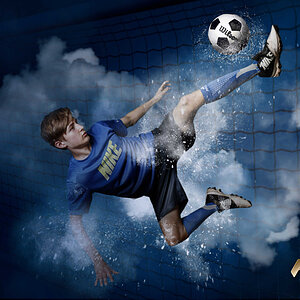
![[No title]](/data/xfmg/thumbnail/34/34075-a2fb0d7352396e58920e196958f6d006.jpg?1619736267)
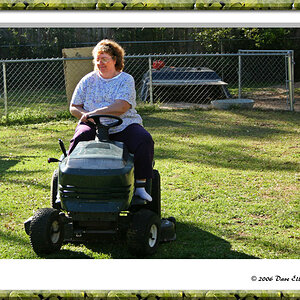
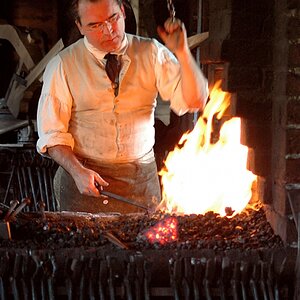
![[No title]](/data/xfmg/thumbnail/34/34078-48bd13f44e7bb42fdcc0154c5ee7c78e.jpg?1619736268)
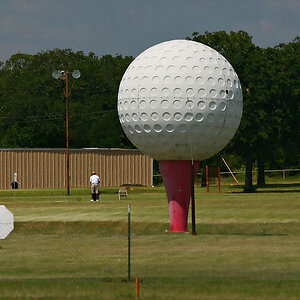
![[No title]](/data/xfmg/thumbnail/32/32813-9ade0851a7432024734a0c95c03e37d0.jpg?1619735670)
